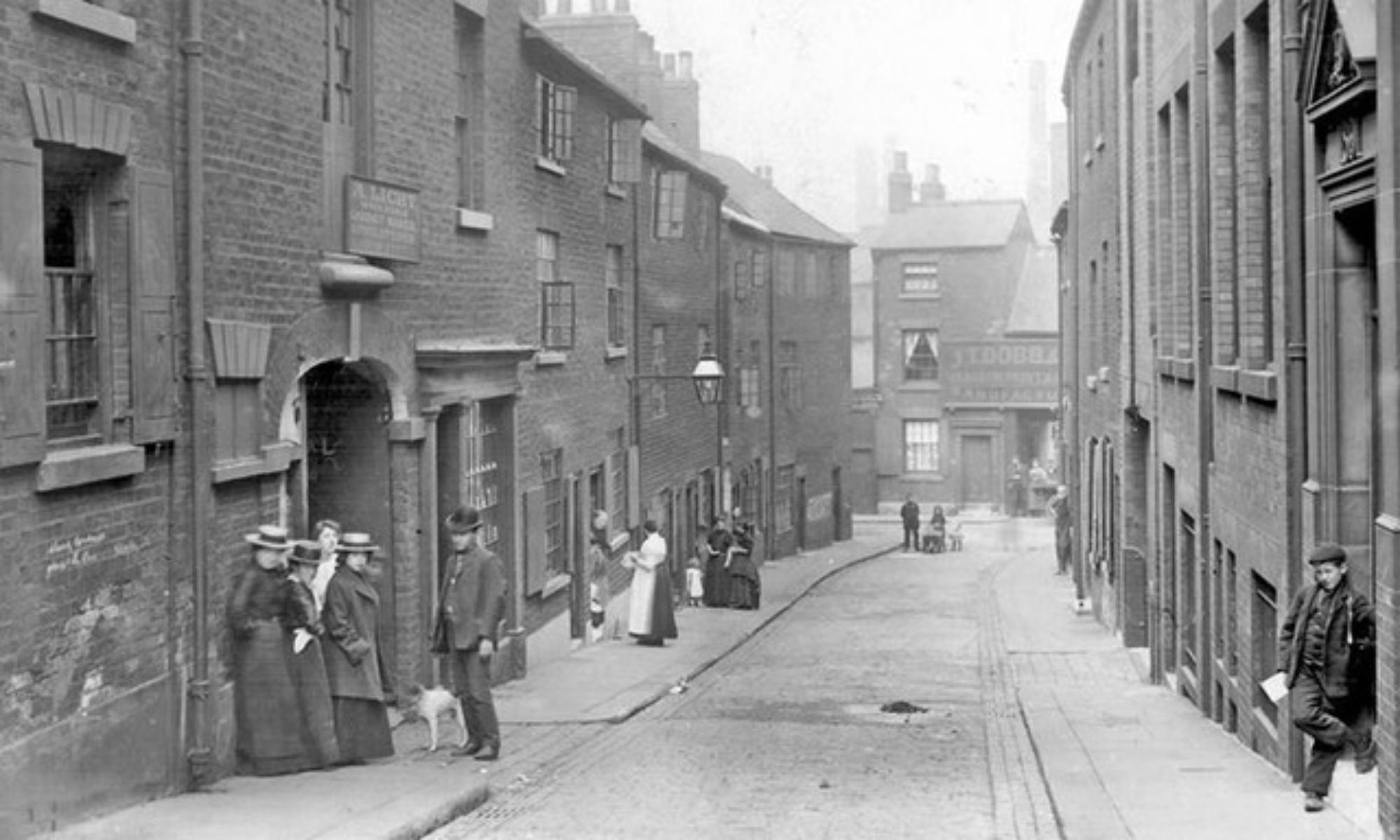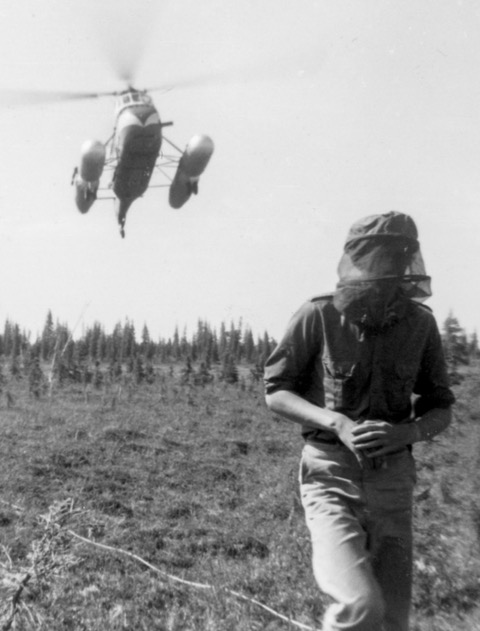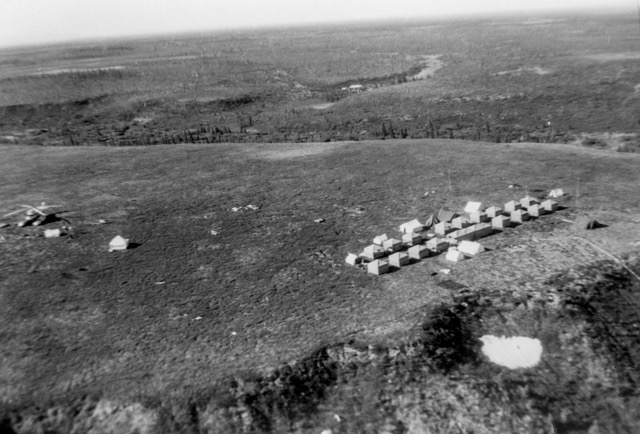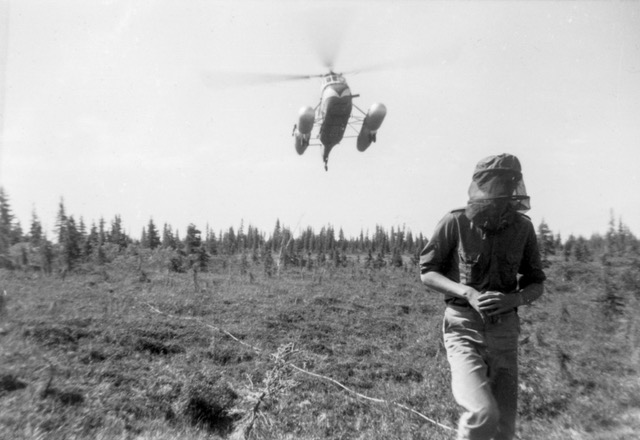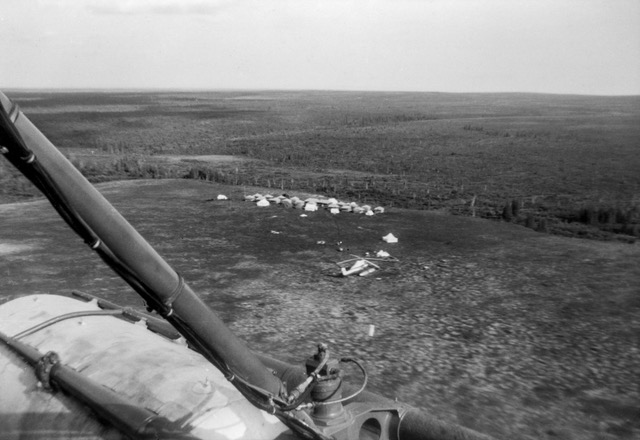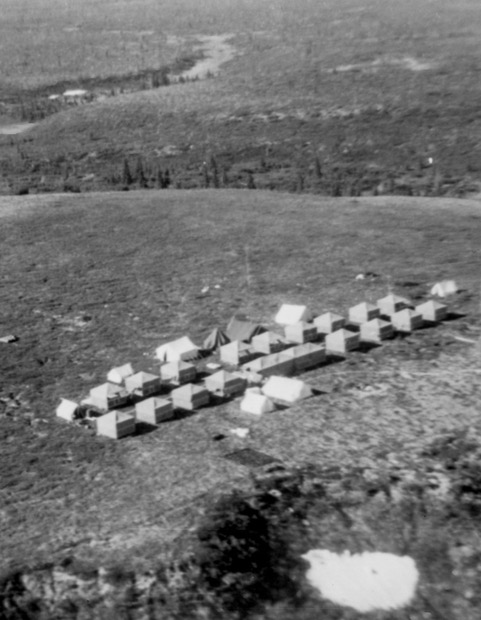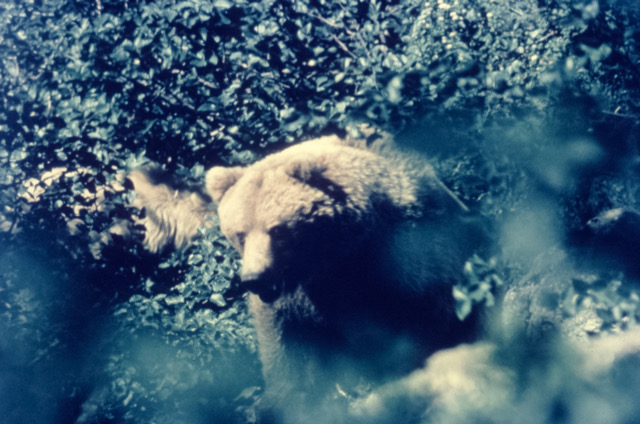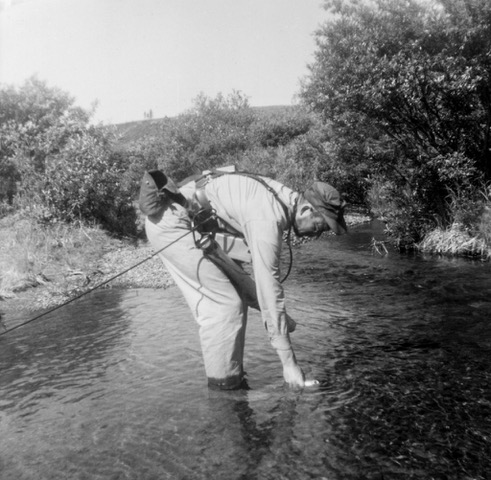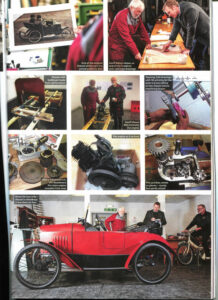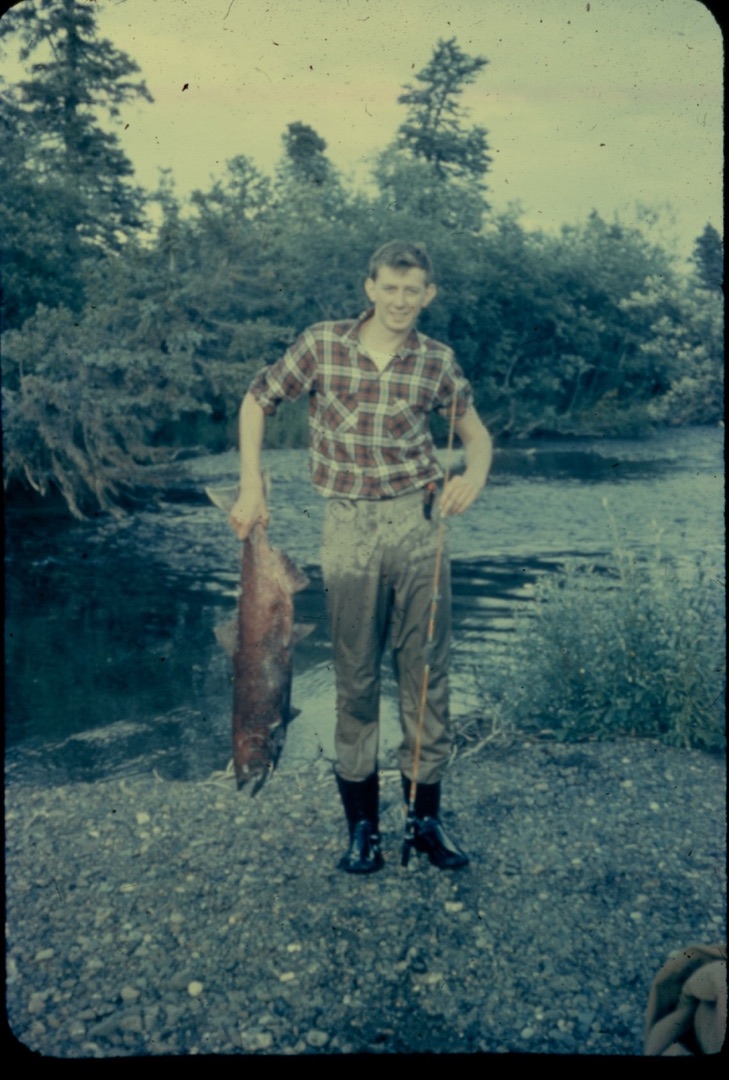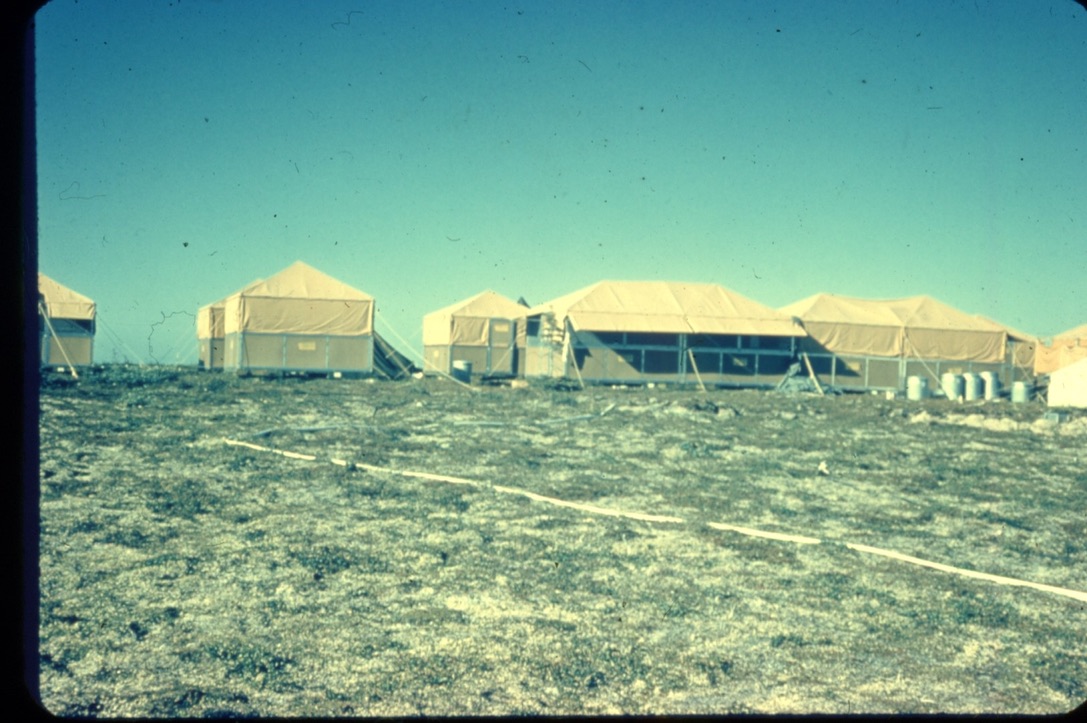EPISODE 578 SOCKEYE SALMON ..AND BRISTOL BAY
alan skeoch
May 7, 2022
See that little red dot? That is the site of the Pebble Mine. We worked
somewhere in the centre in 1959;
If you eat canned salmon, odds are it came from Bristol Bay, Alaska.
Sockeye salmon….milions of them…startled us. We came looking for mineralization.
we did not know that sockeye
salmon from Bristol Bay, Alaska. are highly valued They provide 47% of the wild salmon
fishing industry in the world.
“Between 1990 and 2010, the annual average inshore run of sockeye salmon
Was appoximately 37, 500,000 fish.” (Sept. 9,2021). Oher studies say 70 million.
We did not know that. This was a mining job; We did not even know that the
river below our campsite was loaded with huge creatures working their way
eastward to their prime spawning ground. Sometimes they virtually walked up
the river with their backs in the air where he water was shallow.
Bristol Bay, bounded on the south by the Aleutian Island chain, contains the
largest commercial salmon fishery in the world.
We were
searching for gold and copper. no one mentioned ’sockeye salmon’ to us. Only Bill Morrison brought
a fishing rod and he was a sport fisherman looking for trout because they put
up such a fight.
Look closely…that’s Bill ..a speck of red.
When Bill slipped down to the river he was astounded. The river seemed
full of bright red fish…all moving determinedly to the river headwaters.
Today the estimate is that 71.2 million sockeye salmon will return to Brisol Bay
(Nov 16, 2021)
Why so many? British Columbia salmon runs are diminishing year by year.
Why is Alaska’s Bristol Bay watershed loaded with millions and millions of salmon.
“Alannah Hurley, executive director of United Tribes of Bristol Bay, a consortium working to protect the traditional Yup’ik, Dena’ina, and Alutiiq ways of life in southwest Alaska, calls Bristol Bay a “salmon powerhouse.” There are many reasons for Bristol Bay’s bounty of salmon stocks. But chief among them is the robust health of the bay’s mountainous watershed, which remains untouched by industrial development. “There are no dams, there are no mines,” Hurley says in a telephone interview. “This is as pristine as it gets.”
“THERE ARE NO MINES…THIS IS AS PRISTINE AS IT GETS” (Alanah Hurley, United Tribes of Bristol Bay)
In 1959 we were the thin edge of a wedge that would change Bristol Bay. The toxic waste
of the mini industry tends to eliminate the word ‘pristine’ from vocabularies.
Of course we did not know that. We did not know that the stage was being set for a momentous
battle that would last 60 years. A battle between the people dependent on Sockeye salmon
and the Pebble Mine. Both could not coexist. Only room for one.
Sockeye Salmon or gold and Copper.
DON Vanevery nd Bill Morrison…snagging sockeye salmon in Alaska in 1959
For us, we never thought of the big picture. All we thought about was catching these
30 pound salmon ….snagging them because they were not interested in food …then
dragging them ashore for s picture. Then releasing them. They had not long to live.
The deeper the redness, the closer to death. Once spawning was complete they died
and the rivers were clogged with their bodies. All the better for the Kodiak bears…
Bill Morrison…too big for 1 man to lift
“Al, I got a bIg one…must be better than 30 pounds.”
“Guess you have to land it yourself, Bill.”
“Why?”
“For the record books.”
The real battle was about to begin. Would Bristol Bay remain pristine?. Or would
the inevitable leaks from Pebble mine tailing ponds kill the salmon industry?
Dillingham native fishing drying rack
We never thought of the future. But there were s great many people who would
find the next 60 years from 1959 to 2022 very stressful. Victory was declared
eventually but wil it last?
NEXT EPISODE: THE PEBBLE MINE … LARGEST OPEN PIT MINE IN NORTH AMERICA…MAYBE NOT
alan skeoch
post script
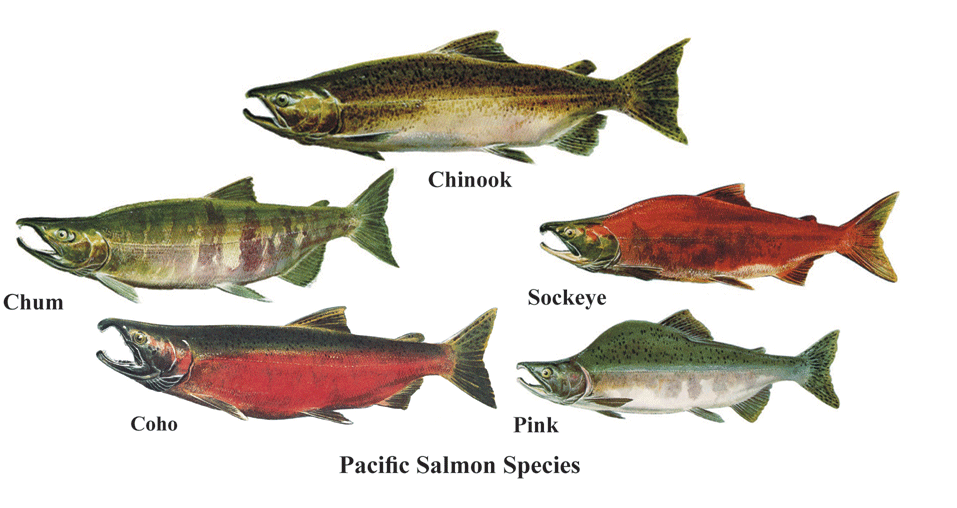 “There are no dams, there are no mines. This is as pristine as it gets.”
“There are no dams, there are no mines. This is as pristine as it gets.”
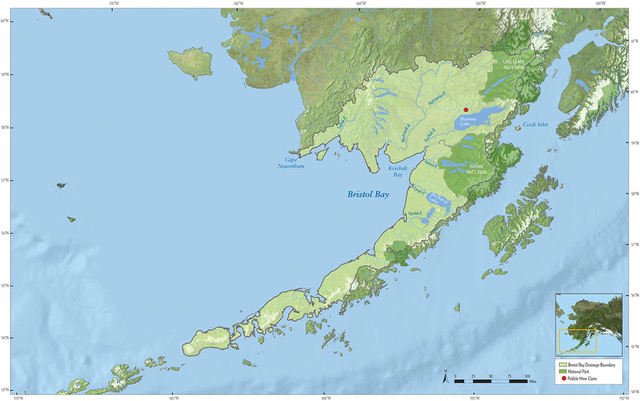

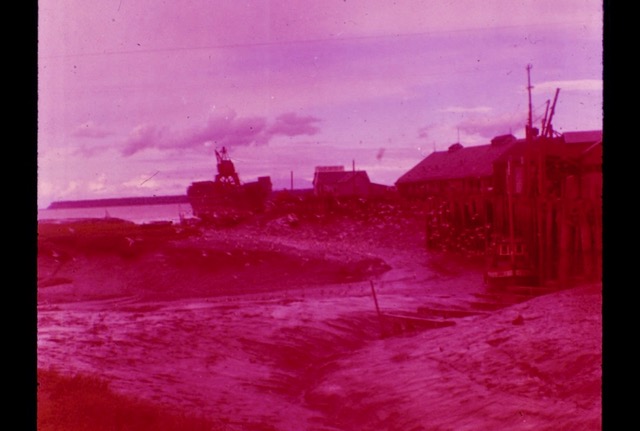


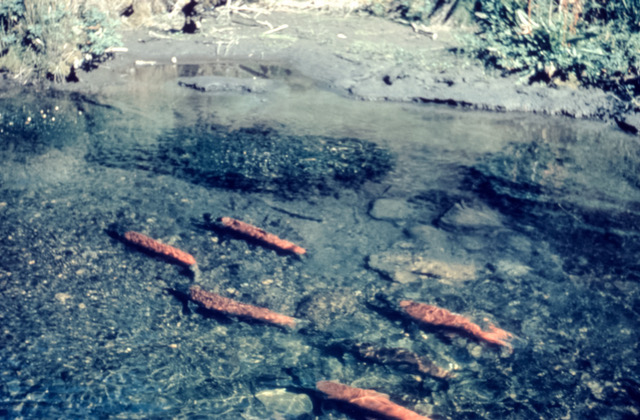
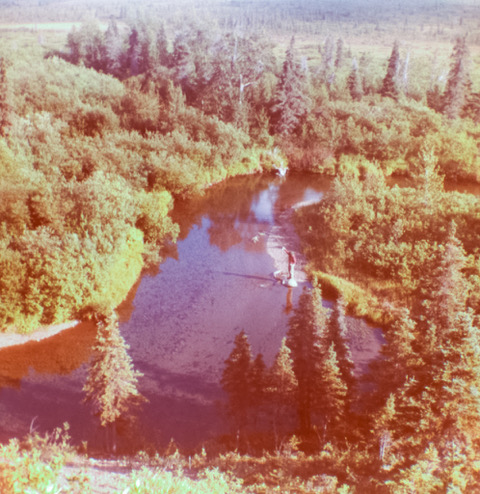
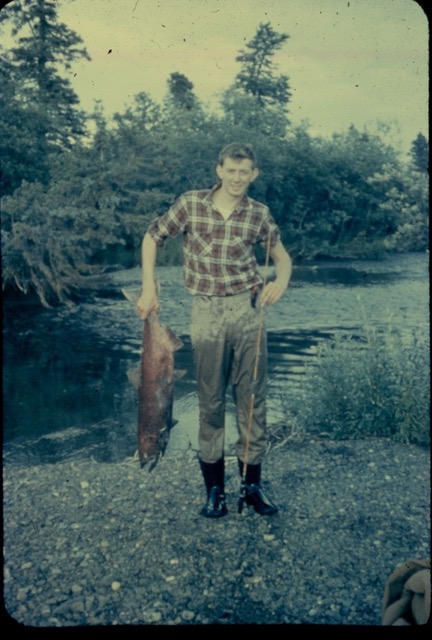

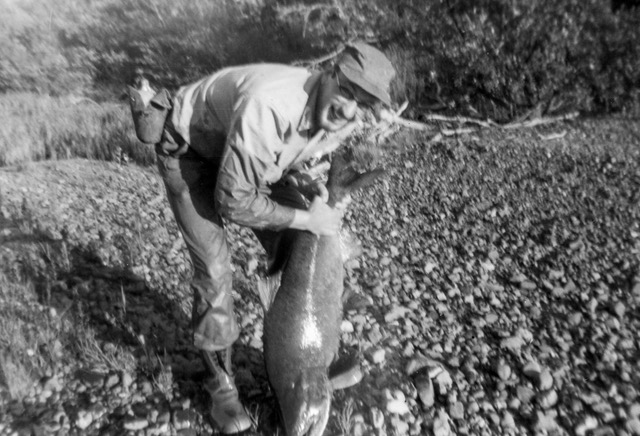
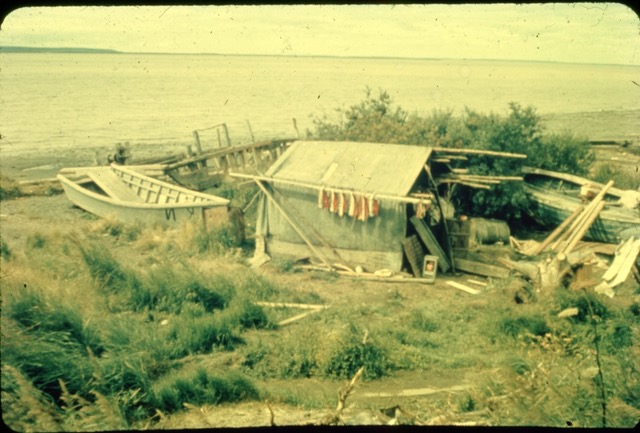
 “There are no dams, there are no mines. This is as pristine as it gets.”
“There are no dams, there are no mines. This is as pristine as it gets.”